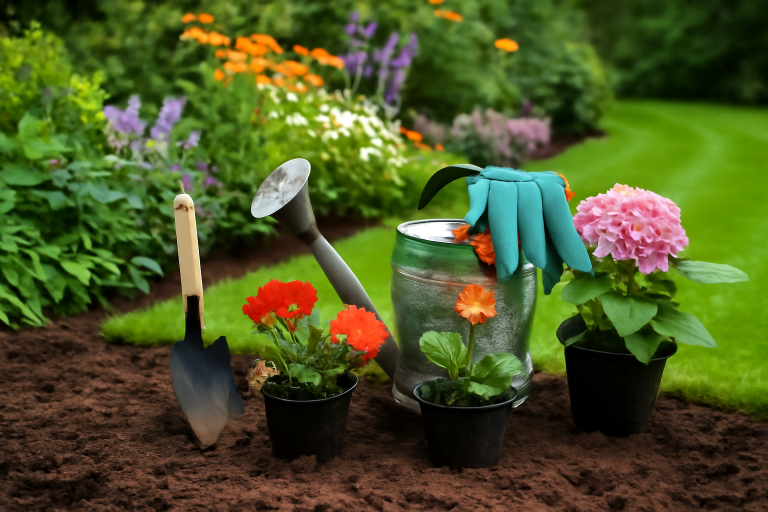

Creating a stunning garden in your country house is an excellent way to enhance the natural beauty of the environment, improve the quality of life, and increase the property’s value. Whether you have acres of land or a smaller garden space, the principles of country house gardening remain the same. The key is choosing the right plants, preparing the soil, and committing to ongoing maintenance. In this article, we’ll walk you through the process of designing and maintaining a garden in your country house.
Gardening in a country house offers unique advantages and challenges compared to urban gardening. Here are some reasons why country house gardening is a rewarding experience:
Before getting started, careful planning is essential for creating a garden that will thrive. Consider the following steps:
Start by evaluating the size, shape, and location of your garden. Take note of sunlight exposure, natural drainage, and wind patterns. These factors will influence the types of plants you can grow and the overall garden layout. Create a rough sketch of the area and highlight zones where different garden features (e.g., seating areas, vegetable beds, flower beds) can be placed.
What do you want your garden to achieve? This will help you decide what types of plants and features to include:
The right plant selection is crucial for a successful garden. The climate and soil of your country house will determine which plants will thrive. Here’s a breakdown of different types of plants to consider:
Colorful flowers add a vibrant touch to any garden. In a country house garden, consider mixing annuals and perennials to ensure a year-round bloom.
Growing your own food is one of the most rewarding aspects of gardening. In your country house, you can plant a vegetable garden or an orchard for fresh produce.
Trees and shrubs offer structure and shade to your garden. Consider planting deciduous or evergreen trees, which will add height and form to the space.
Designing the layout of your country house garden involves creating functional areas while keeping the aesthetic flow in mind. Here are some tips for making the most of your space:
Divide your garden into different zones based on their function:
Paths can guide visitors through the garden and create an organized feel. Consider using gravel, stepping stones, or wood chips for natural-looking walkways. A well-placed bench, birdbath, or fountain can act as a focal point in your garden.
In small gardens, vertical gardening techniques such as trellises, hanging pots, and climbing plants can maximize space while adding dimension and beauty.
Maintaining a garden requires consistent care throughout the year. Here’s how to keep your country house garden healthy:
Adequate watering is essential, especially in the first few weeks after planting. Water deeply, but infrequently, to encourage strong root systems. For larger gardens, consider installing a drip irrigation system to make watering more efficient.
Plants need nutrients to thrive. Use organic fertilizers or compost to enrich your soil. Be careful not to over-fertilize, as this can harm your plants. Apply fertilizer during the growing season and adjust based on plant needs.
Regular pruning encourages healthy growth and removes dead or diseased branches. Deadheading flowers helps promote further blooming and keeps the garden looking tidy.
Monitor your plants for signs of pests or diseases. Use natural pest control methods like neem oil, companion planting, or introducing beneficial insects like ladybugs to keep your garden healthy.
Your garden will require different care depending on the season. Here’s a guide to what you should do throughout the year:
Creating a perfect garden in your country house is not just about aesthetics; it’s about creating a space that brings joy, relaxation, and a sense of connection with nature. By choosing the right plants, designing your garden thoughtfully, and committing to ongoing care, you can create a green space that will thrive for years to come.
Gardening in a country house offers a wonderful opportunity to embrace nature, grow your own food, and enjoy the beauty of the outdoors. Start planning your garden today and transform your outdoor space into a sanctuary that will benefit you, your family, and the environment.